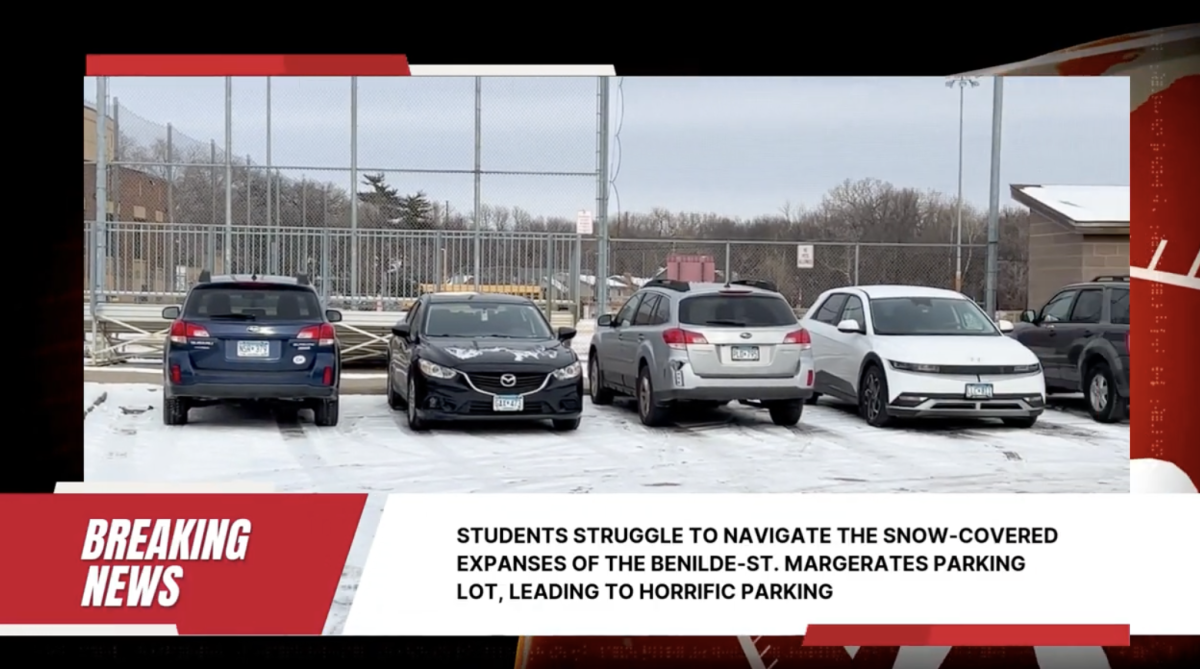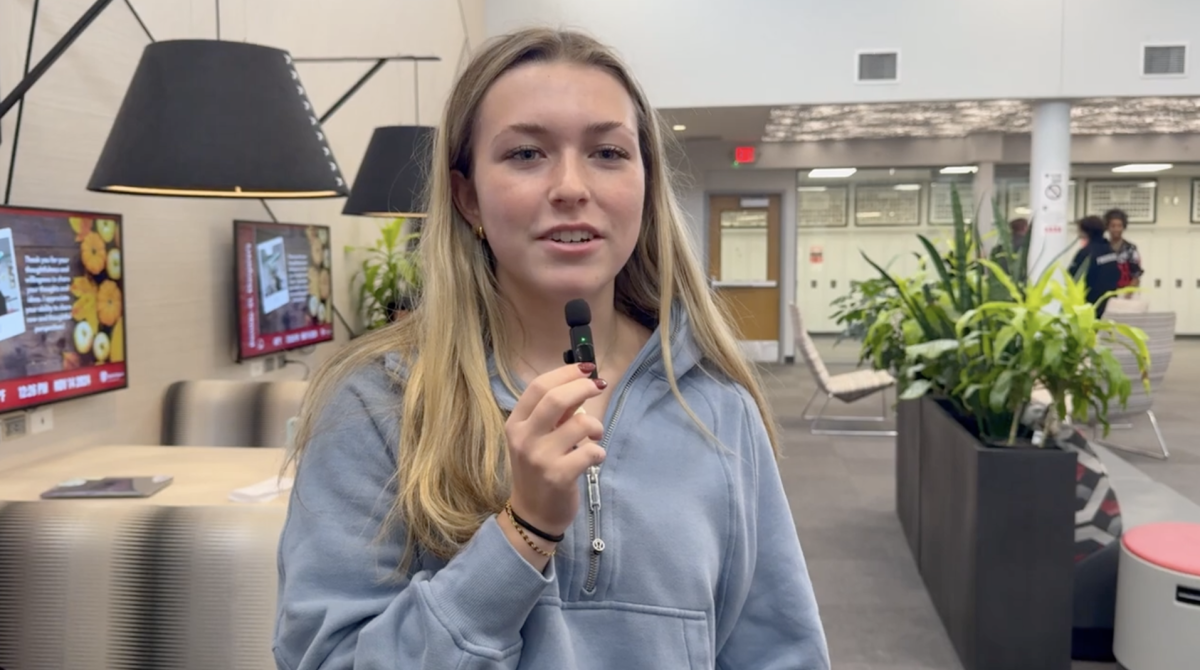The line between bullying and drama can be unclear
With issues of both drama and bullying in high school, many tend to get them confused and bring down the term of bullying and just call it “drama” instead.
High school is a breeding ground for harassment, hazing, and bullying. When it is depicted in TV and movies, it is shown as playful teasing. However, this leads to students not taking bullying seriously and joking about it. However, bullying is not just swirlies and name calling. Bullying has evolved to something much more complex; but as it escalates, many like to bring it down and just call it “drama” instead.

Many feel like hiding when they have to face the draining affects of drama and bullying in school.
Today, people often get mixed up between the terms bullying and drama. Drama is seen as a tense and playful situation while bullying is known as mean intimidation. However, the line between bullying and drama quickly becomes unclear. Some see drama the same as bullying, while others think it’s an entirely different situation.
According to researcher Danah Boyd, bullying is drama. High school teenagers tend to misinterpret situations and treat bullying as if it were just a little friend group drama. “Most told me that you know when someone is messing with you and that if you don’t, you’re stupid. Besides, when someone’s messing with you, you can’t take it seriously,” Boyd said in her 2010 “‘Bullying’ Has Little Resonance with Teenagers” post.
Some students see a clear distinction between bullying and drama. They see drama as a joke, while bullying is intentional. “The difference is the person’s intention because with bullying the person’s intention is bad and it’s malicious, but then with drama its more playful. It’s bullying when the other person feels personally attacked by the other person’s words or actions like a victim,” junior Jeanna Edlund said.
Others see any type of harassment or teasing as bullying. This “playful” behavior can be found all over school. “I think bullying happens in the hallways and the lunchroom,” sophomore Ryan Gregerson said.
Along with students, teachers are confronted by situations involving drama and bullying everyday. English Teacher Ms. Kaia Preus is faced with difficult situations when there is tension in the classroom. “I’ve seen students make disrespectful comments directly to another student or about another student while that student is present. It’s very difficult and very disappointing. Drama seems a little more frivolous and maybe not as apparently hurtful on the outside. It’s sometimes difficult for a teacher to step in with drama because we don’t know fully what is going on but I’ve had students either want to sit by someone so they could talk something through that doesn’t belong in a classroom and I had to say no or ask to not sit by a certain person when I do my daily seating charts, so sometimes thing come up through that,” Preus said.
History teacher Ms. Megan Kern sees both drama and bullying, but she knows when it turns into something more. “It’s bullying when they don’t stop. When the bully does something, sees the impact it has on somebody, even if that person doesn’t ask them to knock it off, the bully intentionally doesn’t knock it off because they see that it hurts them,” Kern said.
Similarly, others think that one should know when it turns into bullying. But many times, it is hard for teenagers or people in the moment to realize. “Actual bullying is bullying. But sometimes teasing, the kind that helps to shape each other into productive human beings, can be lumped into this distinction. For example, hearing it from your teammates in the locker room upon a mistake can help you learn and grow as an athlete,” science teacher Mr. John Porisch said.
Trying to distinguish the line between bullying and drama can be difficult for students and teachers involved in or witnessing the situation. While teachers and students at BSM don’t always come in contact with bullying, it does not mean it isn’t there as it could be covered up by drama. While there is a difference between the two terms, it is clear that both can have negative impacts. Knowing the difference can help everyone involved determine the severity of the situation and how to figure out consequences.

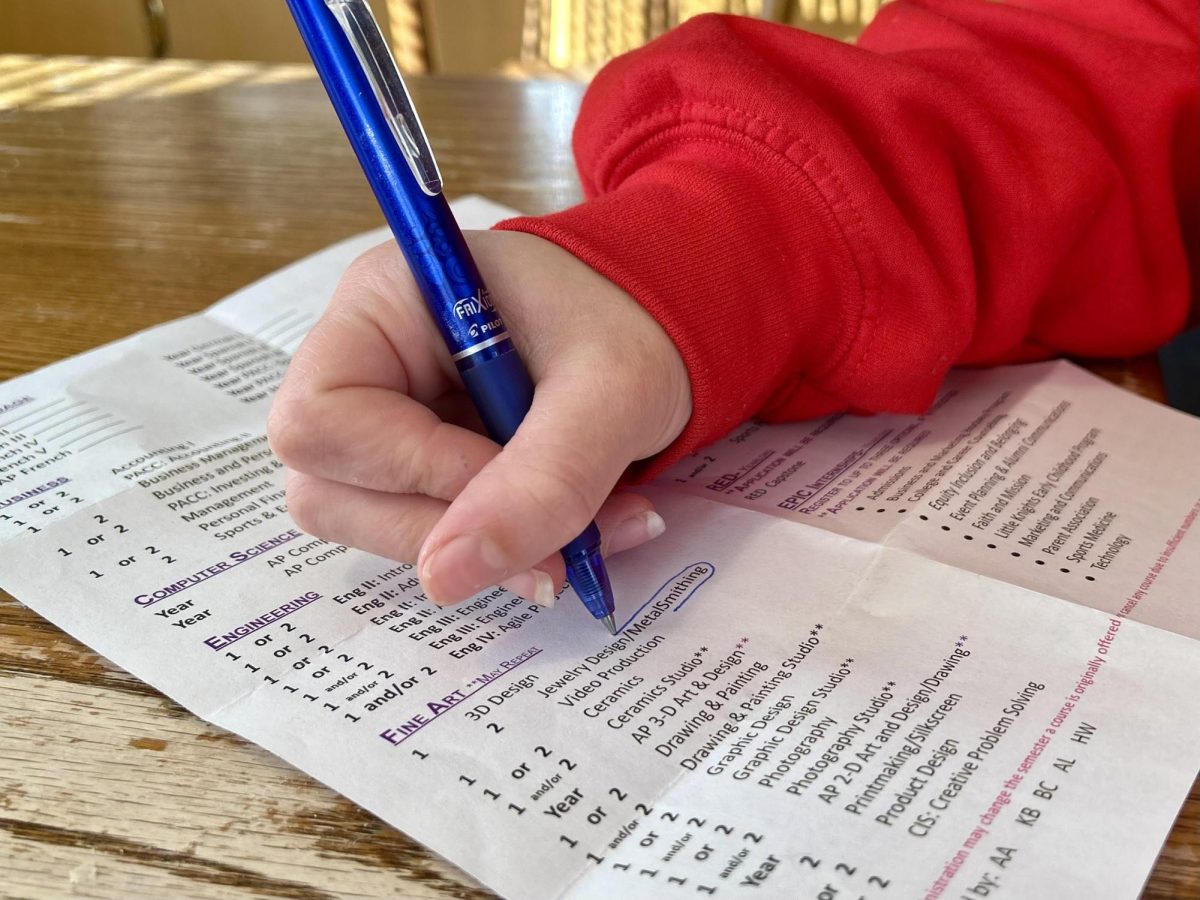



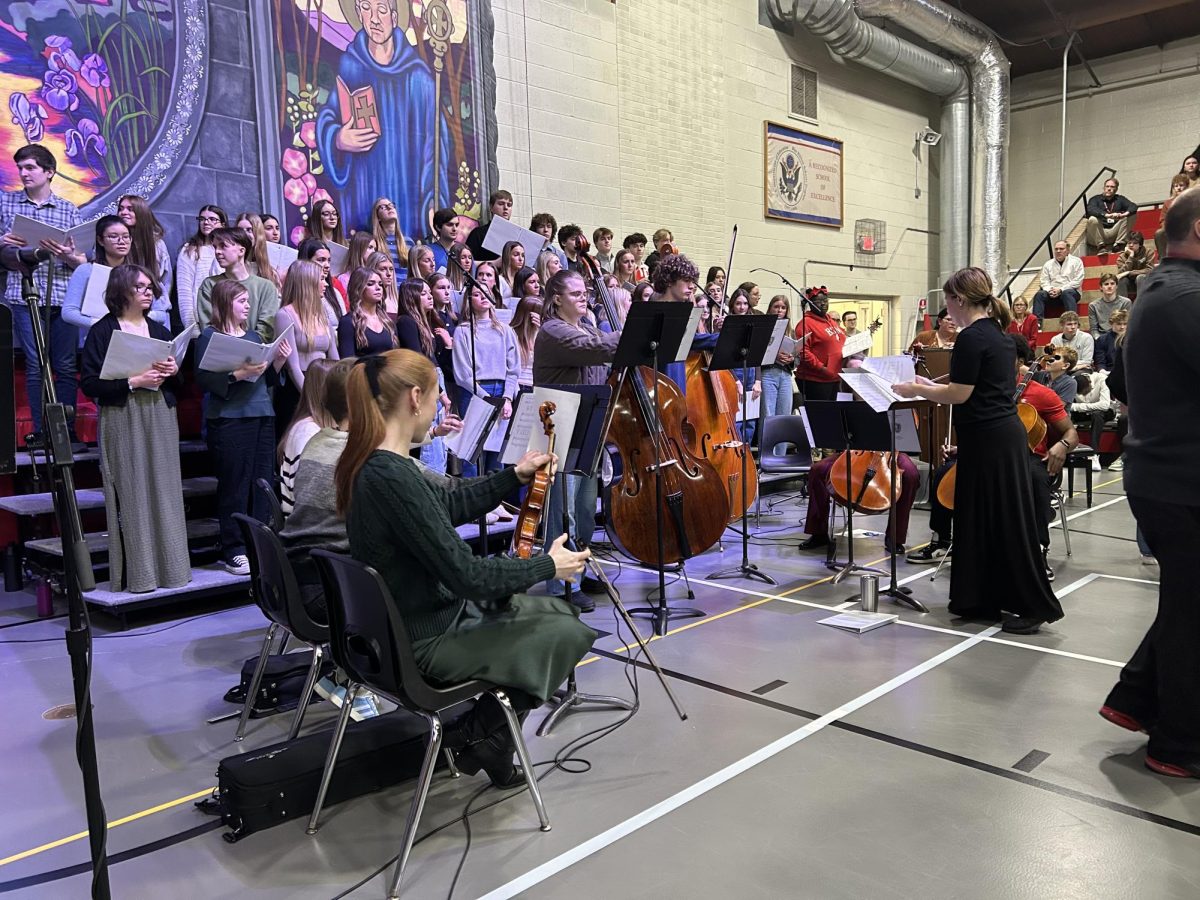
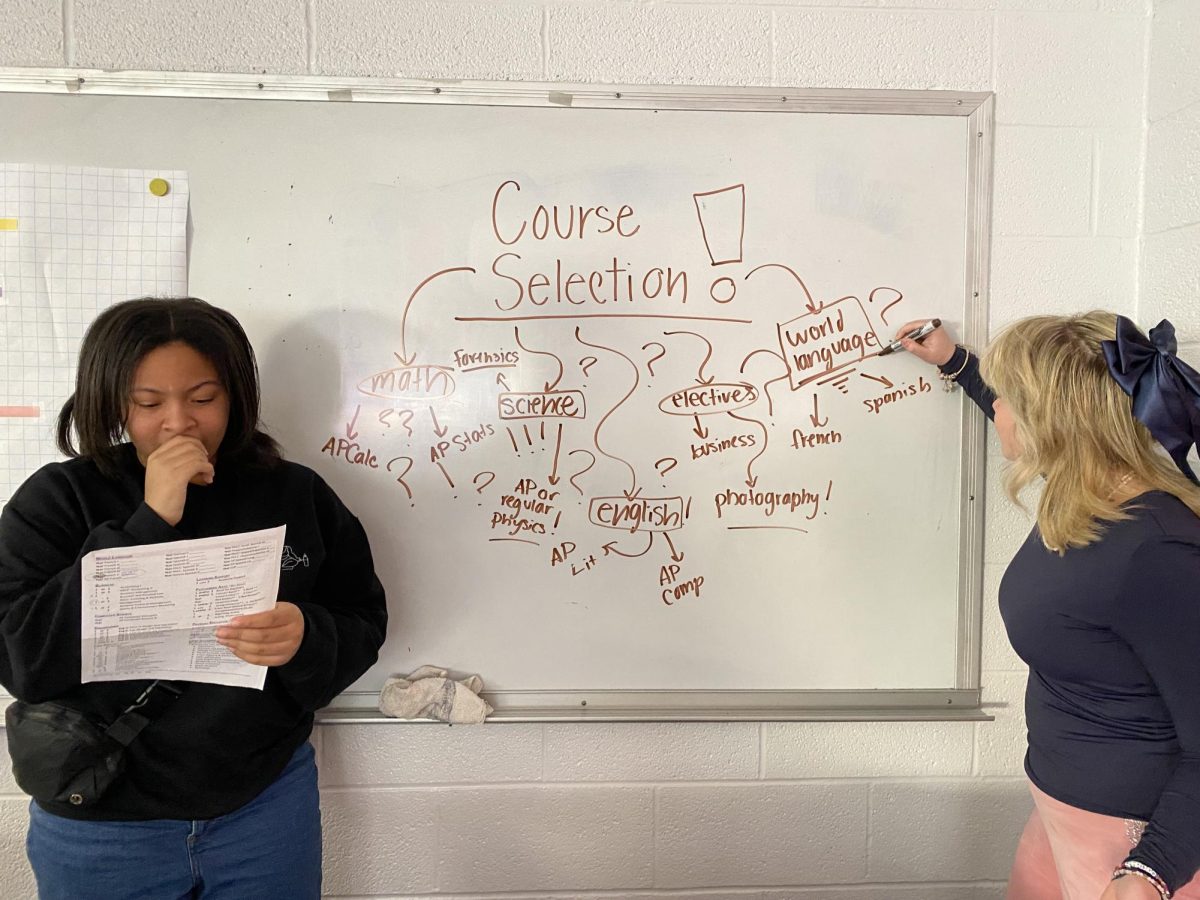
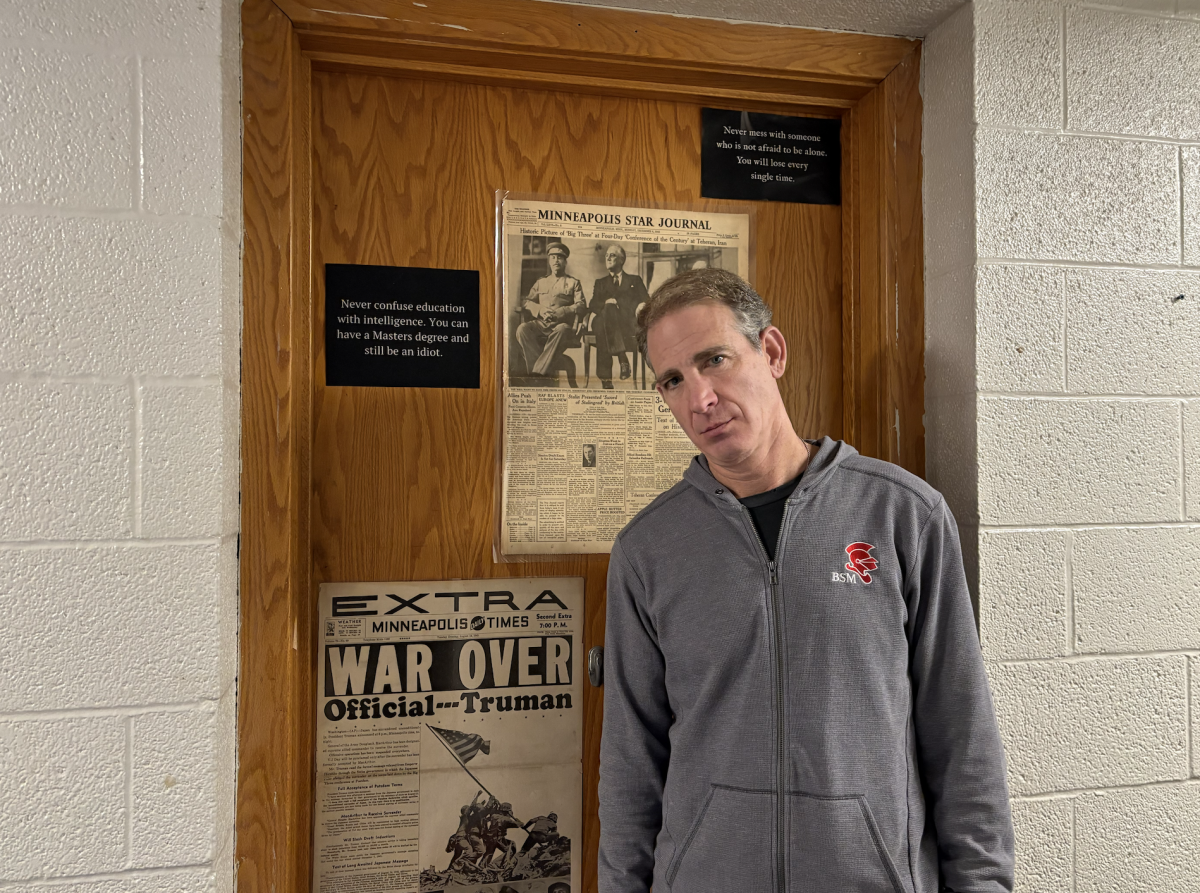

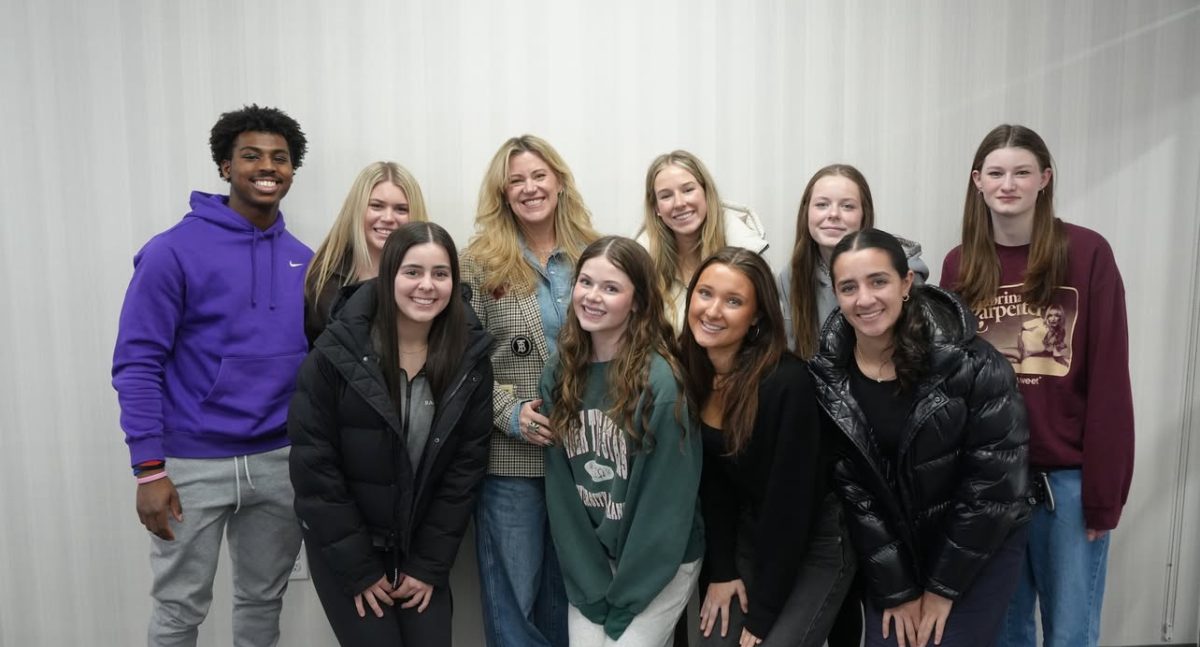





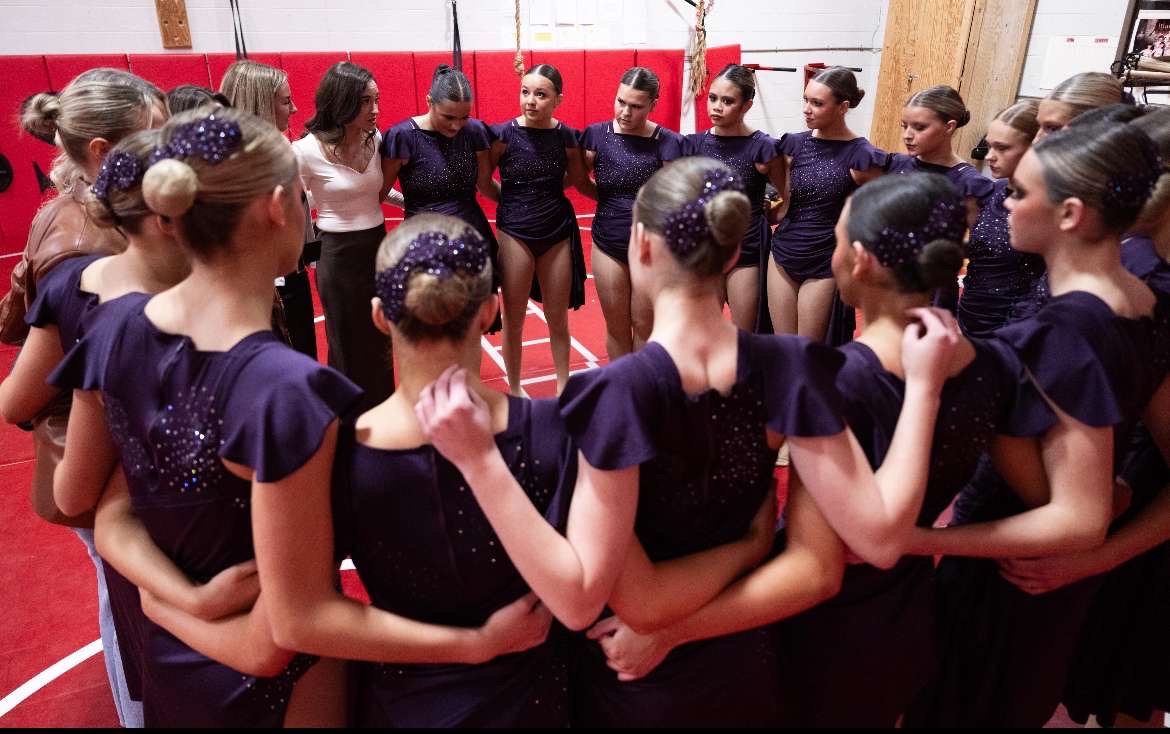








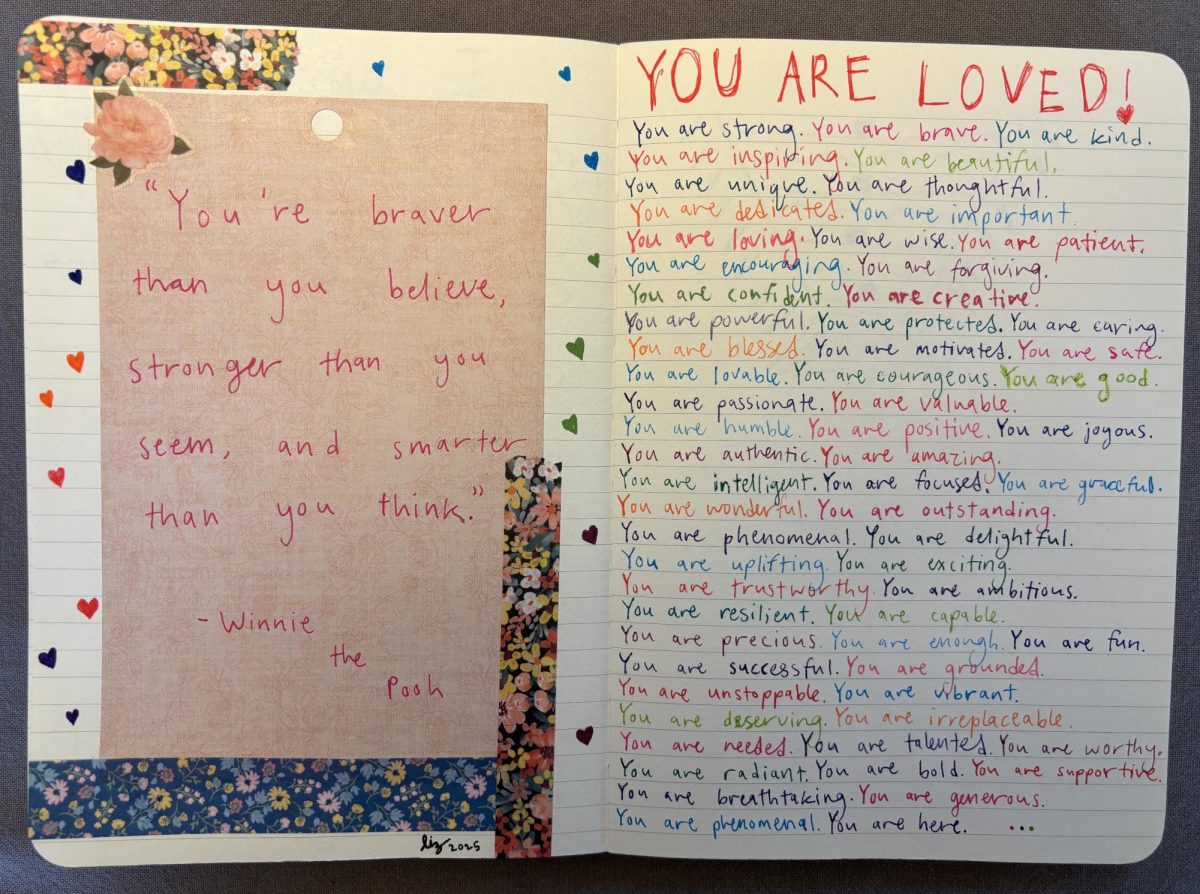



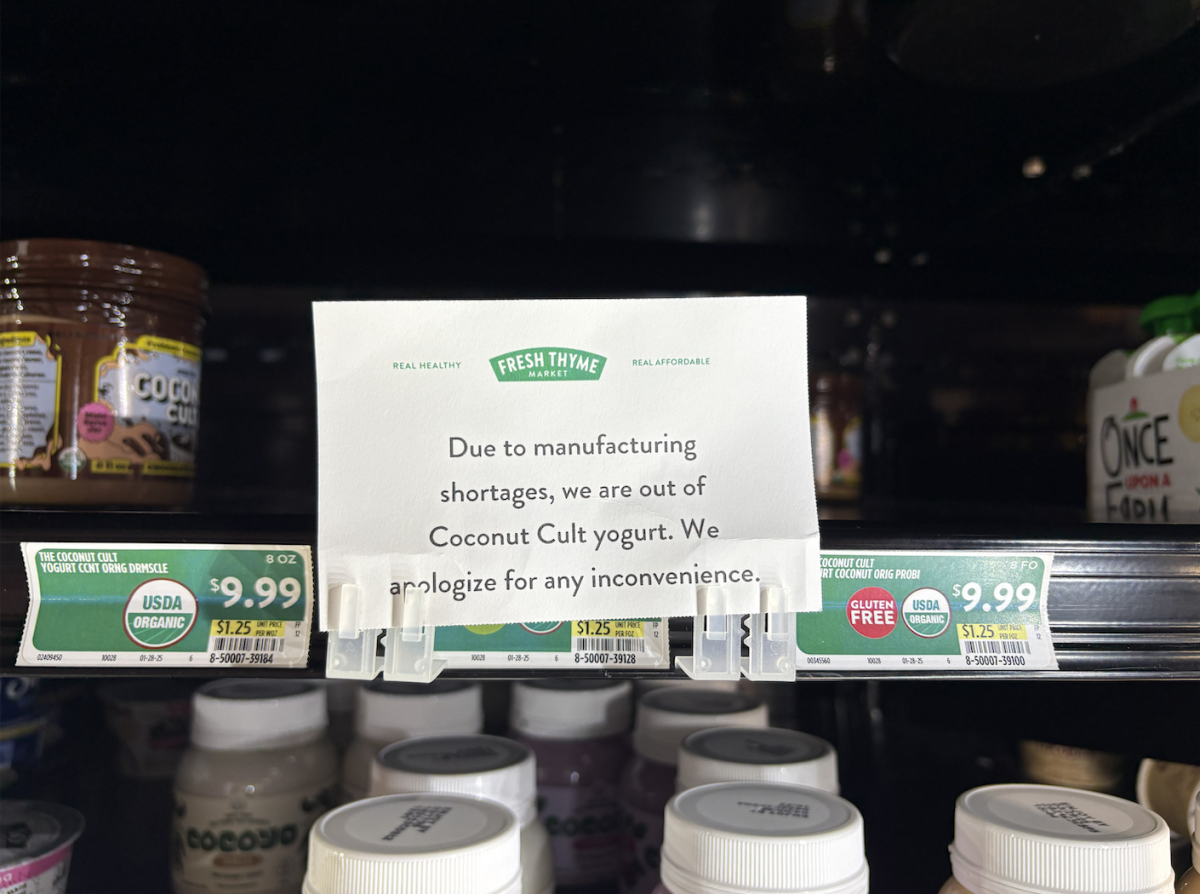







![Teacher Lore: Mr. Henderson [Podcast]](https://bsmknighterrant.org/wp-content/uploads/2025/03/teacherlorelogo-1200x685.png)
